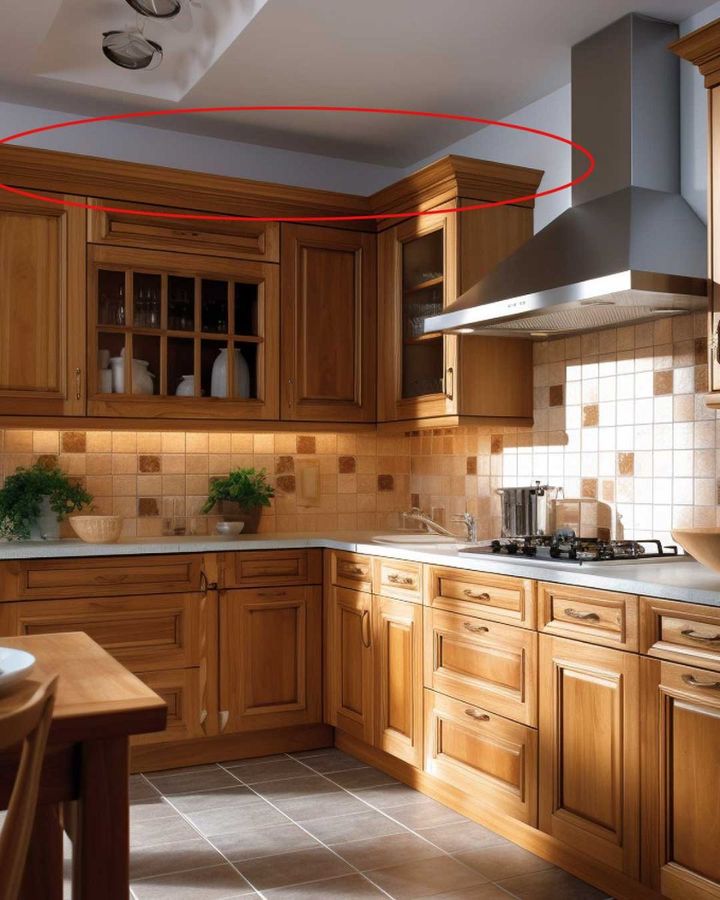
What to do with coffee grounds? Put coffee grounds in the garden? Can adding morning coffee grounds to your garden soil help or hurt you?
Have you noticed used coffee bags in your favorite coffee shop (Starbucks has them)? Have you tried putting coffee grounds in the compost? Why not use coffee grounds as fertilizer…is that a good idea?
ground coffee in the garden
Don’t even think about throwing away those used java grounds! They’re just as valuable as the coffee you brewed from them. Below are 7 ways to use coffee grounds in the garden.
#1 – Ground Coffee as Mulch
Coffee grounds make an excellent ground mulch, especially for acid-loving plants.
What plants like coffee grounds? Plants like blueberries, huckleberries, hollies, azaleas, rhododendrons, Juneberries, gardenia scents, flowering camellias, trilliums, and begonias.
It’s a little ironic, but the dark brown leftovers from your morning coffee will turn your hydrangea flowers a vibrant blue!
Evergreen trees also like acidic soils, as do dogwoods, magnolias, willow oaks and beeches.
Garden vegetables that prefer slightly acidic soil include peppers (all types), radishes, sweet potatoes, eggplants, tomato plants, parsley, rhubarb, and potatoes (although Idaho soils are mostly alkaline).
When mulching with coffee, spread a layer about a half inch thick, otherwise your soils will mold too easily and could make your soil too acidic.
#2 – Add Used Coffee Beans to Plants and Your Compost Pile
Adding and mixing old coffee grounds into the soil is a great way to build soil structure. A great place to start is by adding coffee grounds and grass clippings to the compost pile.
Why are coffee grounds good for plants? Coffee is a good source of nitrogen (contains 1.5% by weight) and you can include it in the plant nutrition through composted coffee grounds.
Adding coffee grounds to the compost (also coffee filters) adds nitrogen fertilizer to the compost.
However, it’s also important to keep in mind the acidity of coffee grounds. Balance this with yard trimmings, kitchen scraps, and a good source of calcium carbonate, such as wood ashes or lime, to balance the pH and add phosphorus.
Keep in mind that the fungus growing on coffee tends to consume a lot of nitrogen. Again, it’s a good idea to have a good mix of organic matter and other materials in your compost pile or compost heap.
The video below shows how much coffee you can use in the garden.
#3 – Used herbal coffee grounds provide a ring of protection
Are slugs and snails attacking your strawberries? Are snails munching on your lettuce in the vegetable garden? Are ants eating your tomatoes?
Besides using coffee grounds for soil amendment, you can also use coffee grounds to protect plants, like a moat protects a castle.
Place a protective ring of used coffee grounds around these vulnerable plants. Or try adding diatomaceous earth to combat pests.
Slugs and snails, worms and other common garden pests don’t like the smell, acidity or texture of coffee grounds and are repelled by them. Better yet, using this simple, natural solution can help you avoid using toxic pesticides around your food!
Vegan Lemon and Condensed Milk Pudding
Paula Deen’s Banana Pudding
Vegetarian Croque-Monsieur with Mushrooms and Goat Cheese
Lemon blueberry bread
Meet Patrick Mast, Who Spent $73,000 To Look Like A Doll, But Wait Until You See The End Results.
Philly Cheesesteak Egg Rolls
I Accepted an Engagement Ring and Proposal from My Friend in Front of My Fiancé after Learning the Truth
I Fainted during a Family Gathering Because My Husband Won’t Help with Our Newborn to Let Me Sleep
Cheesecake Crescent Rolls Casserole


















